There was a time when Cancún felt like paradise. The turquoise waters, white sand beaches, and endless margaritas made it the perfect escape from reality. For years, I looked forward to that annual trip, booking my all-inclusive resort months in advance and dreaming of those lazy days by the pool.
Yet something shifted over the past few years. What once felt like an effortless vacation paradise started revealing cracks beneath its shiny surface. The problems accumulated like storm clouds on the horizon, each visit bringing new frustrations that made me question whether Cancún was still worth the trip.
The Safety Situation Has Become Impossible to Ignore
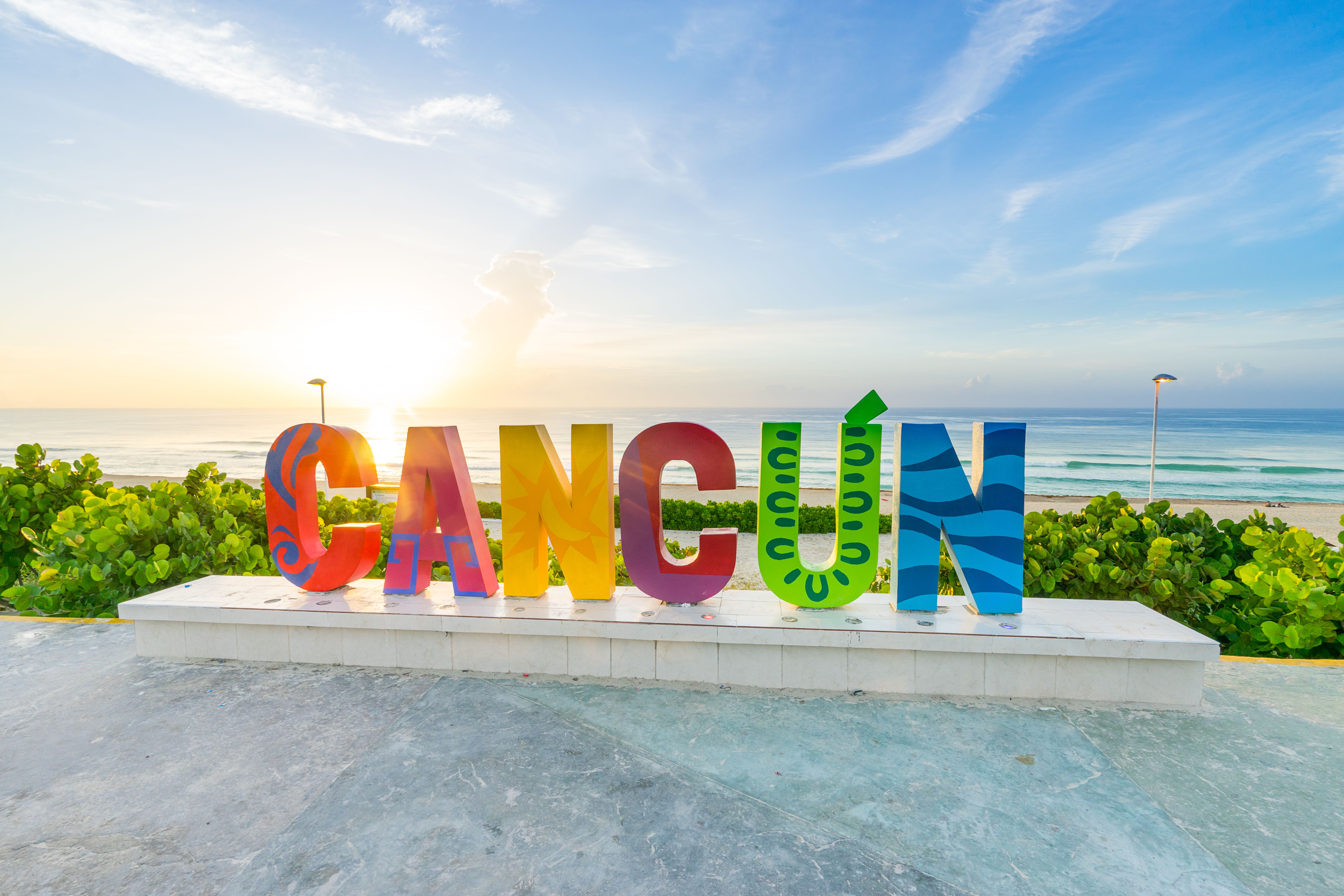
The US Embassy has issued warnings about increased petty crime during spring break travels to Mexico, including Cancun. The Level 2 advisory for Cancun highlights an increasing concern over crime, particularly petty thefts, scams, and occasional violence in certain areas. This wasn’t just bureaucratic noise – it reflected what many travelers were experiencing firsthand.
Government data from early 2024 reveals that robbery accounted for almost 25% of reported crimes in the area, with most incidents taking place outside the resort zones, in neighborhoods like downtown Cancun and Alfredo V. Bonfil. These weren’t isolated incidents anymore. The statistics painted a troubling picture that no amount of tropical cocktails could mask.
What really changed my perspective was talking to locals who worked outside the tourism industry. They spoke about cartel activity with a resigned acceptance that sent chills down my spine. The Mexico I fell in love with was still there, but this darker reality had become impossible to ignore.
The Seaweed Problem Has Reached Crisis Levels
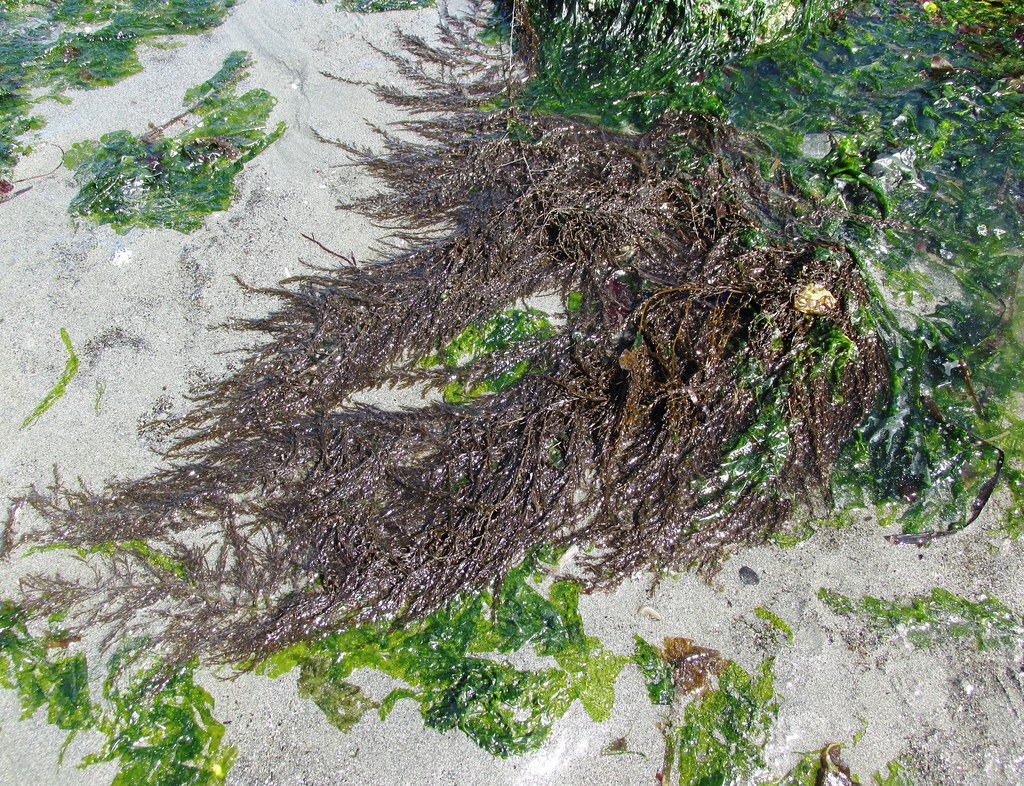
Authorities report that significant amounts of sargassum have been collected in Yucatán, with reports indicating higher levels than in previous years. In neighboring Quintana Roo, sargassum deposits are also increasing, with projections indicating this year could see the highest influx in four years. That rotting seaweed smell became my overwhelming memory of what should have been a beach paradise.
Large amounts of sargassum seaweed continue to arrive on beaches in the Mexican Caribbean. However, landings have mostly been south of Cancun and Playa del Carmen. Still, the unpredictability meant you never knew if your beach day would be ruined by massive mats of brown algae washing ashore.
The odor is similar to rotten eggs because sargassum releases hydrogen sulfide gas as the organic matter breaks down in the hot sun in huge clumps on the shore. The masses of seaweed don’t just stink – they’re also unsightly and can ruin the pristine appearance of Cancun’s white sand beaches. Instagram photos couldn’t hide the reality of beaches covered in decomposing seaweed.
Airport Immigration Nightmares Have Become Routine

At the heart of the issue lies a series of technological disruptions. Malfunctions in the airport’s immigration processing systems have caused hours-long delays, leaving travelers frustrated and questioning the reliability of their destination. What used to be a smooth arrival process became an endurance test that started every vacation with stress and anger.
According to a recent report, Hoteliers are even taking action on their own to try and reestablish trust in Cancun by offering refunds to those being turned away by immigration. The Cancún, Puerto Morelos, and Isla Mujeres Hotel Association (AHCPMIM) has decided to reimburse hotel expenses to tourists who have been turned away by immigration authorities upon arrival at the airport.
I witnessed firsthand the chaos at immigration. Families with young children waiting for hours in sweltering heat, elderly travelers looking confused and exhausted, and the general atmosphere of frustration that permeated the arrivals hall. This wasn’t the welcoming tropical gateway I remembered.
The Cost Explosion Has Priced Out Regular Travelers
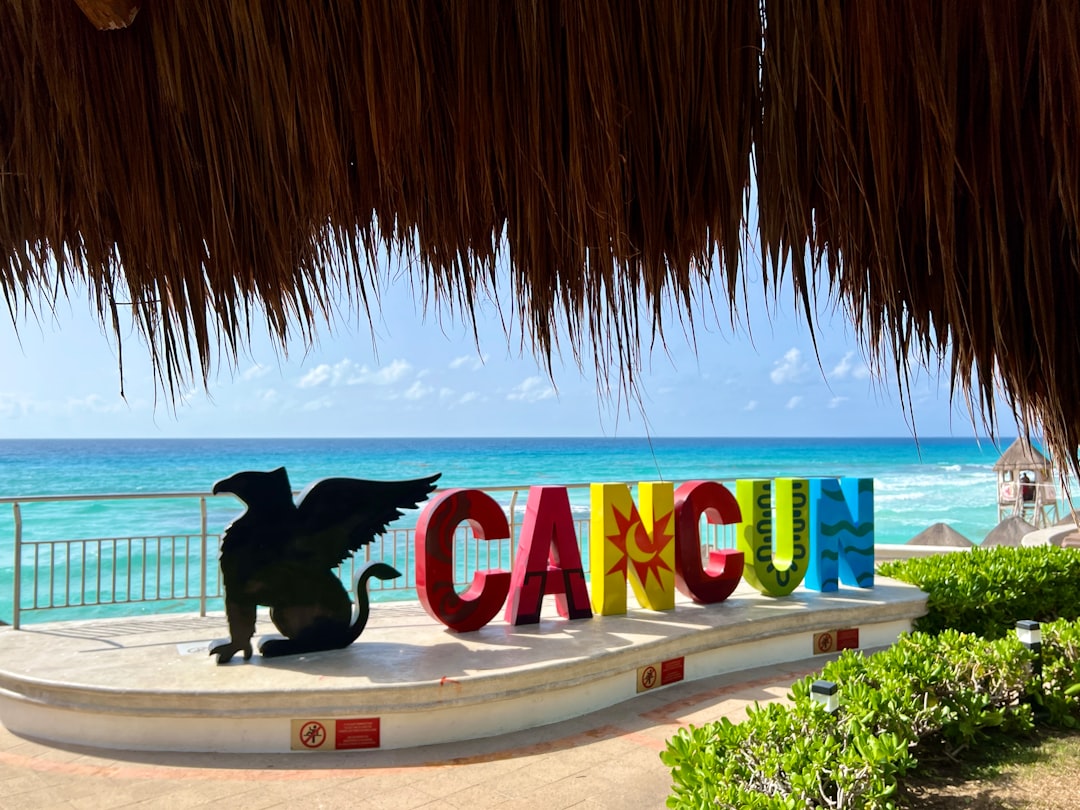
Mexico has seen record-breaking numbers of international visitors, reportedly surpassing pre-pandemic levels. High demand simply means suppliers can charge more. The economics were brutal and obvious – everyone wanted to visit, so prices skyrocketed accordingly.
For example, the United States saw a rate of inflation of 2.9% for 2024, compare this to Mexico’s rate of 4.72%. Inflation in Mexico rose into double digits for food and energy in late 2024. Add in the fact that the minimum wage was raised by 12% on January 1, 2025, and you can see the pressure businesses have to pass on those extra expenses to customers.
Fluctuations in currency exchange rates, particularly the strengthening US dollar, can make Cancun relatively more expensive for travelers from countries with weaker currencies. Even Americans were feeling the pinch as resort prices climbed well beyond what seemed reasonable for a Mexican vacation.
Tourist Scams Have Become an Epidemic
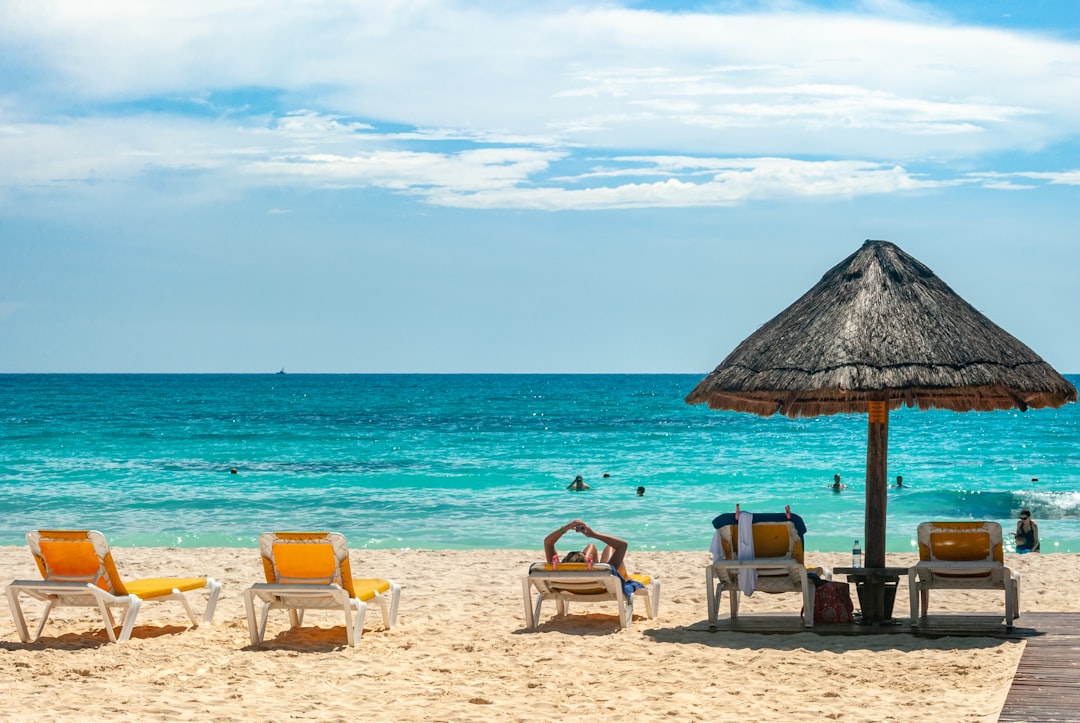
The rip-offs and scams don’t stop there. They continue during your vacation. Everything from restaurants adding tips into the bill, beach clubs overcharging, or the stores offering tax-free shopping, there are a lot of scams and not-so-honest people trying to make a buck. The constant vigilance required to avoid being cheated exhausted me.
One of the top comments we hear from readers about the reason people don’t like to come to the Riviera Maya is the taxis. From the moment you arrive at the Cancun Airport you are affronted by taxi workers. Since there are no official taxi prices from the airport or meters, prices fluctuate to whatever drivers want to charge.
Every interaction became a negotiation. From airport transfers to restaurant bills to beach club access, someone was always trying to overcharge tourists. The relaxing vacation atmosphere evaporated when you constantly had to guard against being ripped off.
The Authentic Mexico Experience Has Vanished
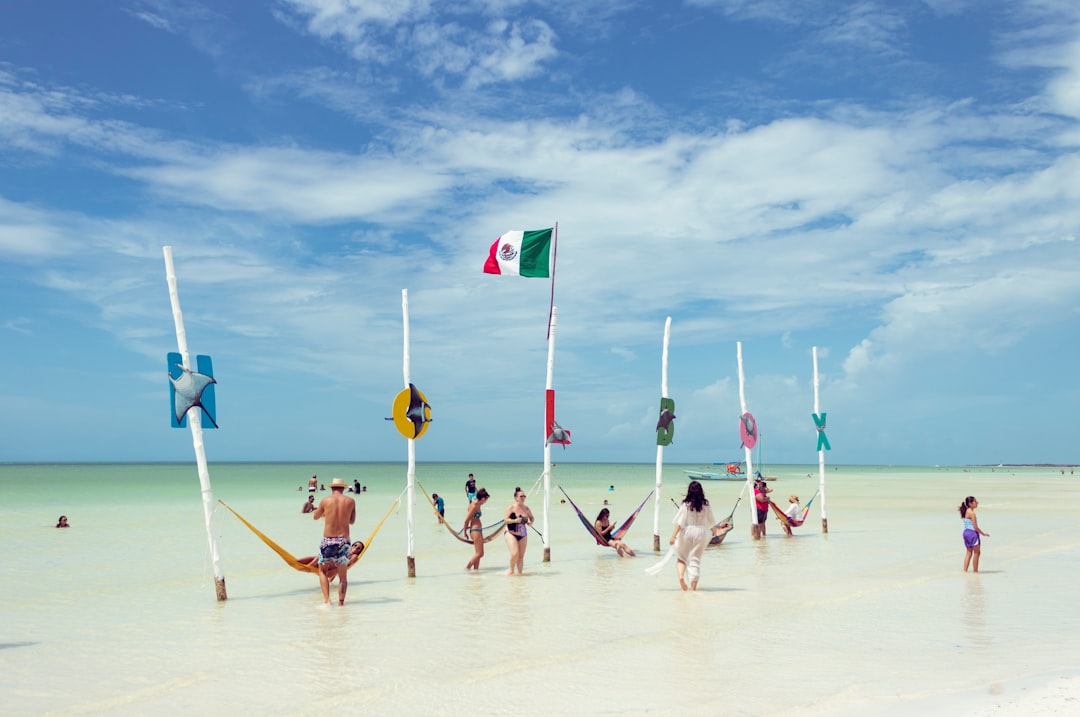
What struck me most was how disconnected Cancún had become from Mexican culture. The resort zones felt like artificial bubbles designed exclusively for foreign tourists. Real Mexican food was increasingly hard to find among the chain restaurants and overpriced tourist traps.
The Hotel Zone had transformed into something that could exist anywhere in the world. Generic international brands, English-speaking staff who barely knew Spanish, and experiences that felt manufactured rather than authentic. The Mexico I loved – with its rich culture, warm people, and incredible regional cuisine – had been sanitized into tourist-friendly blandness.
Local communities seemed pushed to the margins while foreign investment dominated the landscape. The disconnect between the wealth displayed in the resort areas and the living conditions of many local workers became increasingly uncomfortable to witness.
What Finally Changed My Mind About Returning
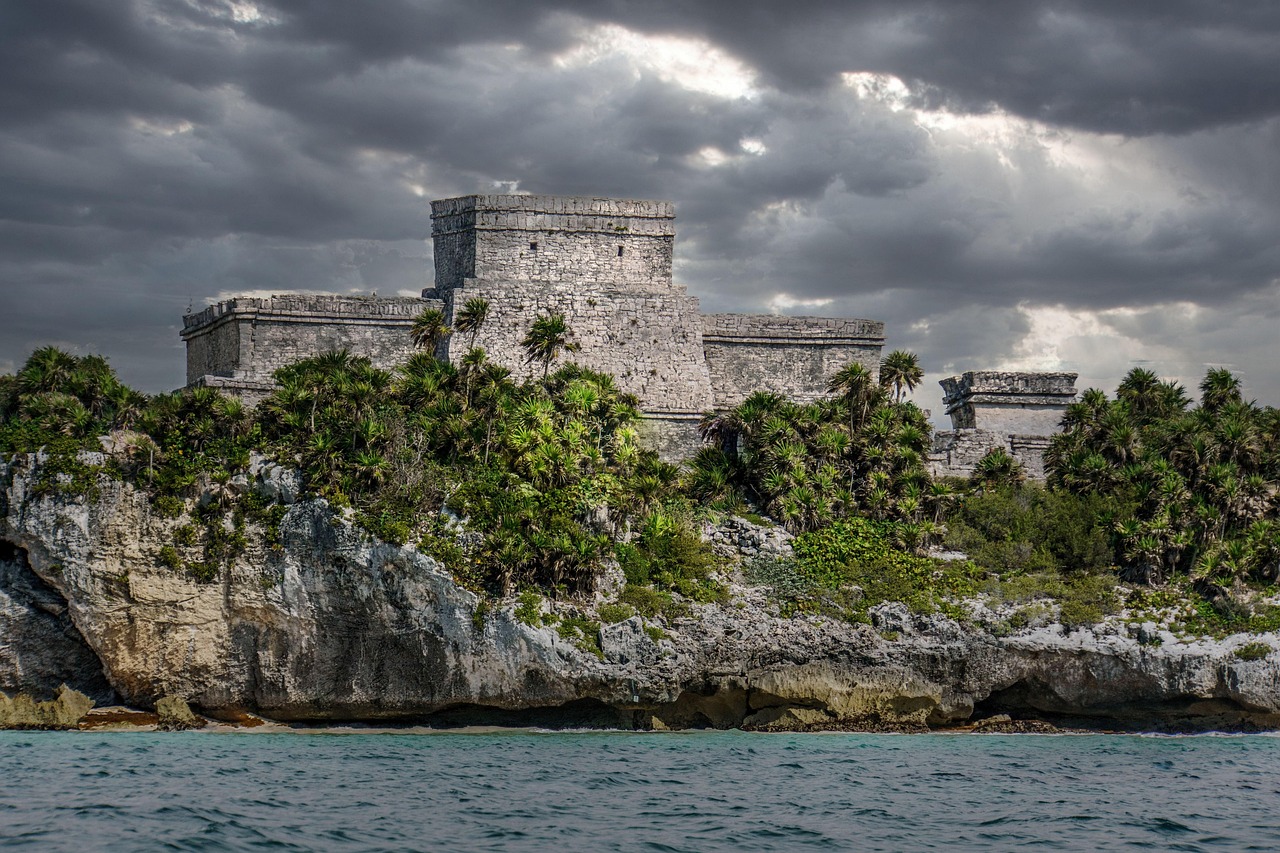
It’s the most visited city in Mexico and the country’s tourism revenue has reached record levels in recent months, incentivizing the government to invest in stronger security measures in response to increased concerns about safety in Cancun. The Mexican government clearly recognizes that tourism is too important to lose and has been taking action.
The Mexican government sent thousands of special forces to the resort areas along the Mexican Riviera, including Cancun, Playa del Carmen, and Tulum. After several shootings a few years ago (2022), including two at beach resorts in Tulum and Cancun, Mexico’s National Guard deployed nearly 1,500 troops to patrol the region as part of something they labeled a “Tourist Security Battalion.”
The state of Quintana Roo, Mexico has invested $200 million pesos (about $10 million USD) to combat the seaweed problem, with some creative plans to deflect (most of) the stuff before it hits the beaches, making the daily beach cleaning faster and easier. Tourism officials in Cancun don’t expect their keep-it-off-the-beaches plan to solve the problem (because it depends on the currents, ocean temperatures, and the wind), but claim that it can reduce the quantity of seaweed that arrives at the beaches.
Despite all the problems that pushed me away, I’m cautiously optimistic about giving Cancún another chance. The massive investments in security and environmental management show that local authorities understand what’s at stake. Maybe the destination I once loved can evolve beyond its current challenges.
What do you think about it? Have you experienced similar frustrations with Cancún, or do you think the improvements will make a real difference? Tell us in the comments.
